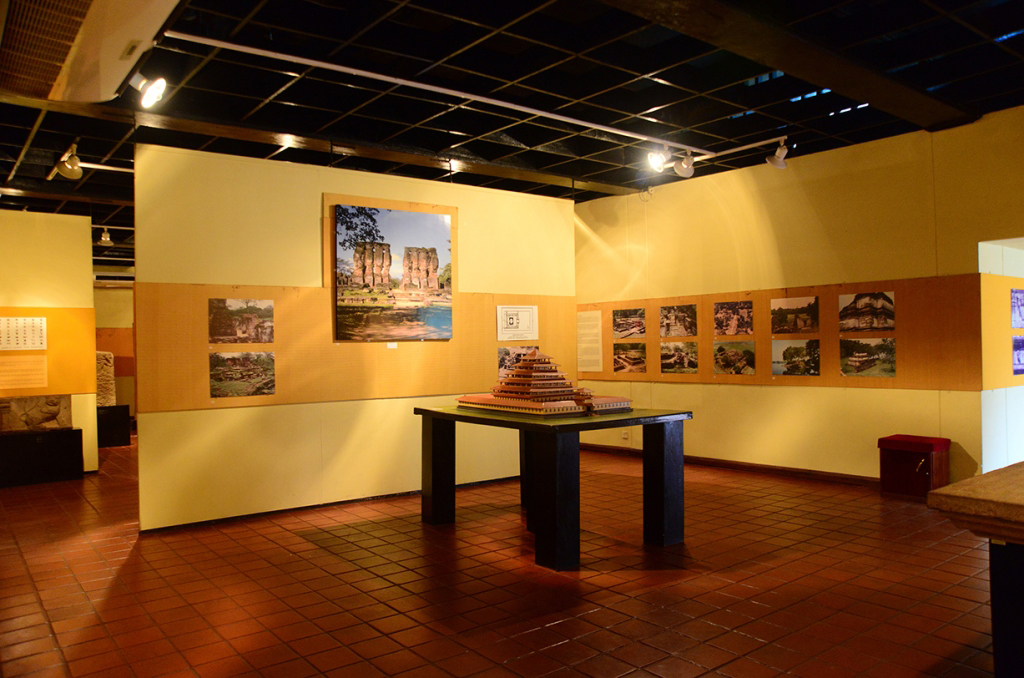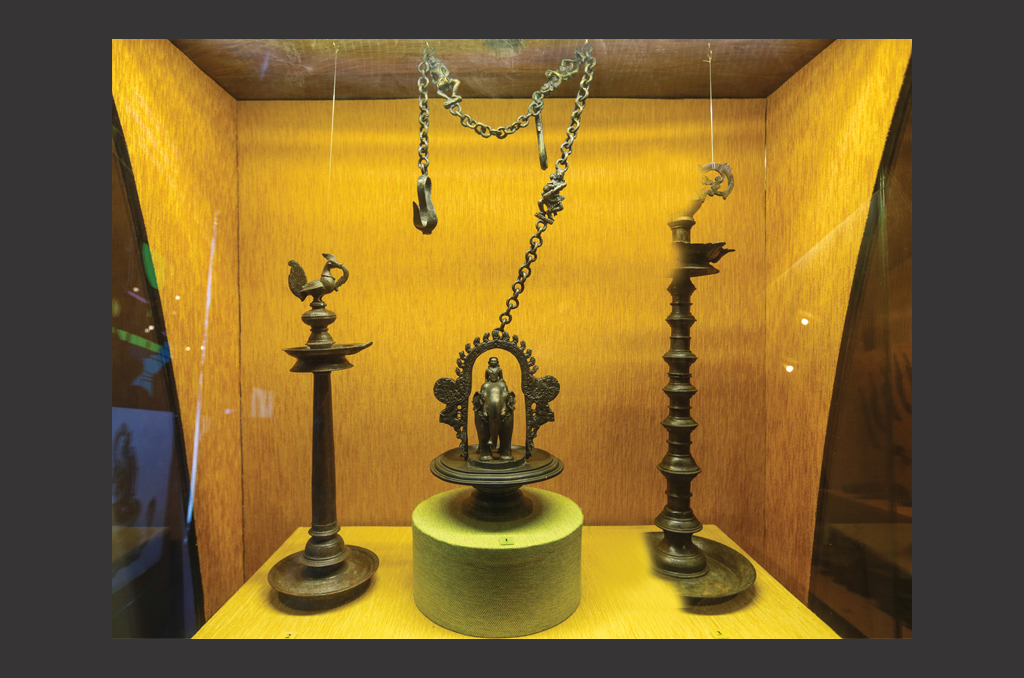Polonnaruwa Museum
The museum is located near the main sluice gate of the Parakrama Samudra in Polonnaruva. It was designed for two purposes; in situ exhibition of artifacts that were recovered through explorations, excavations and research carried out since 1981 by the Ālāhana Project of the Central Cultural Fund, and providing a sound knowledge and understanding to the visitors about the Polonnaruva World Heritage Site. The museum was opened for exhibition to the public on 31st September 1998. The Government of Netherlands provided aid for the establishment of the Polonnaruva Museum, while Dr. Ruloph Monake, Curator of the Leiden Museum in Amsterdam, Netherlands also made contributions.
The fundamental concept of the Polonnaruva Museum is to help the visitor easily understand the ancient urban plan of Polonnaruva and monuments within it. The gallery plan starts from the urban center and proceeds towards the hinterland.
The museum is arranged according to the ancient urban plan. It consists of seven galleries, i.e.: the citadel (inner city), outer city, monastery complex, hinterland monasteries, and Hindu shrines, which present the visitor an easily understandable layout of the ancient city.
Gallery No.1
Gallery No. 02
Gallery No. 03
Gallery No.4
Gallery No.5
Gallery No.6
Gallery No.7
7.00 a.m. to 5.30 p.m. daily (Last entrance at 5.00 p.m.)
US $
Full : 25.00
Half : 12.50
Free entrance for clergy and defence services personnel
























